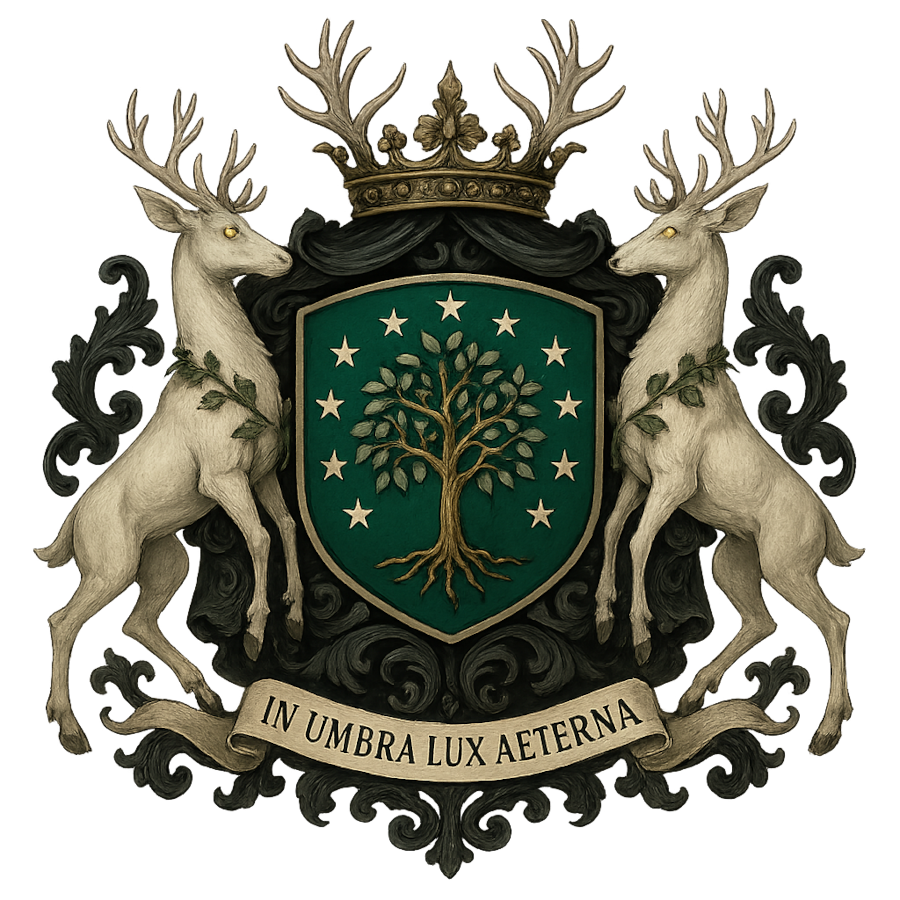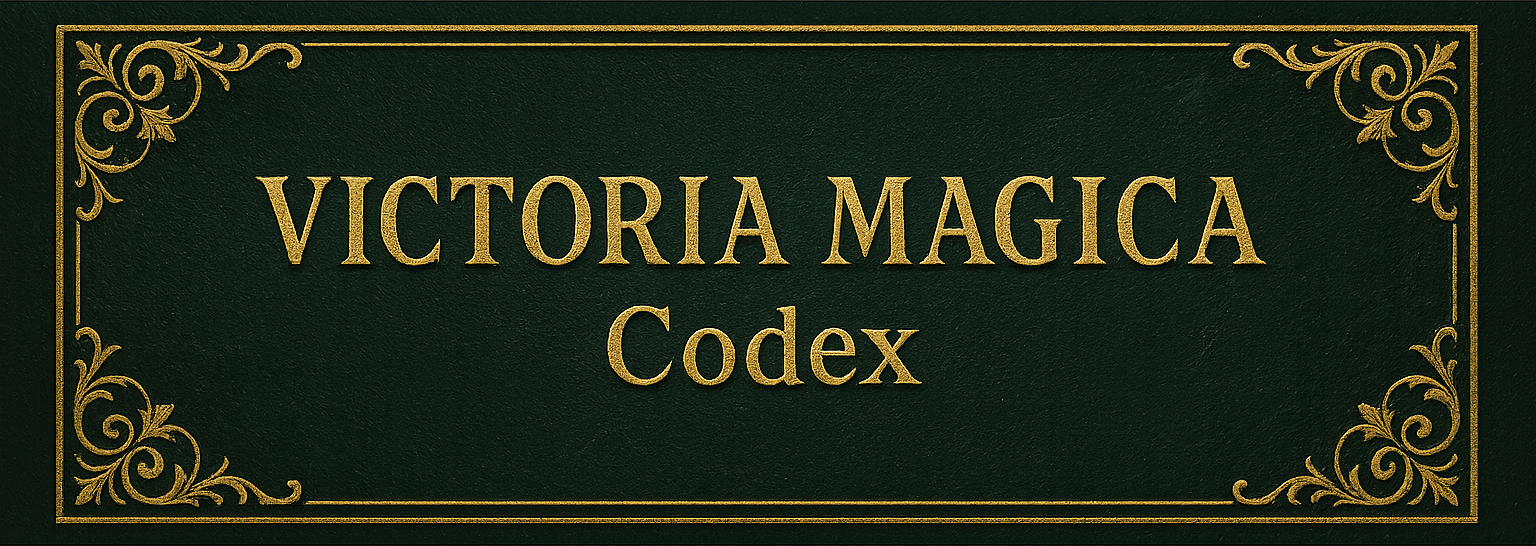Duchy of Avalon
⚠️ Content Warning
This article may contain mature themes, including homoerotic content, complex power dynamics, sexual encounters with vampires and anthropomorphic beings, as well as other adult material.
Reader discretion is advised.
TABLE OF CONTENTS is in the World Navigation
Nestled in the mist-laced valleys at the foot of Mount Albion, the Duchy of Avalon stands as one of the oldest and most enigmatic territories within the British Empire. Known for its high concentration of Fae-Touched bloodlines, arcane traditions, and hauntingly beautiful landscapes, Avalon is both a seat of ancient power and a beacon of living Glamour. Governed by House Lancelot from their ancestral seat at Albion Hall, the duchy blends magic, legacy, and ritual into every aspect of life—from politics to poetry, from stonework to seasonal rites.
Structure
This segment outlines the formal structure of the Duchy of Avalon, one of the most venerable and mystically resonant dominions within the British Empire. Governed by House Lancelot, whose ancestral seat at Albion Hall crowns Mount Albion, the duchy plays a crucial ceremonial and political role within the imperial hierarchy.
Duke of Avalon
- Name: His Grace Hamish Edward Lancelot, Duke of Avalon, Steward of Camelot, Knight Arthur of the Round Table
- Magical Affinity: Air Mage
- Responsibilities: Supreme authority within the duchy. Oversees all political, diplomatic, and ritual matters. Acts as steward of Camelot in the monarch’s absence and custodian of Glamour-bound artefacts housed within Albion Hall. Possesses the Glamour Seal Ring, which only obeys the true Duke.
Heir Apparent
- Name: Percival Hamish Lancelot, Marquess of Caeraval
- Magical Affinity: None
- Role: Designated heir to the Duchy. Expected to serve in courtly and diplomatic functions, and to be present at the Rite of Twelve upon majority. Groomed for statecraft, though his lack of magical aptitude has been a subject of whispered debate among the aristocracy.
Council of Avalon
The council advises the Duke on matters both temporal and arcane. Each role may or may not require magical ability, depending on the current officeholder.
Chancellor of the Hall
- Oversees administration, taxation, and codification of law. Often a scholar of Hermetic principles.
Warden of Mount Albion
- Commander of military forces and keeper of the ancient forested slopes of Mount Albion. Traditionally chosen for physical prowess and unwavering loyalty, rather than magical ability.
Magister Glamurae
- Name: Mircelya Celeste Lancelot
- Affiliation: Fae-Touched, eldest daughter of the Duke
- Role: Guardian of Glamour magic, caretaker of Fae relics and rituals. Presides over the Three-Night Ceremonies and the Veil Observances. Holds the title "Warden of the Unseen Light". Her presence alone is said to resonate through the enchanted corridors of Albion Hall.
High Steward of Caeraval
- Oversees the governance of the city of Caeraval. Often a Fate-mage or skilled bureaucrat with social insight. Mediates between the common folk, merchants, and the court.
Ecclesiarch of Avalon
- Senior representative of the Anglican Church in Avalon. May possess minor magical aptitude (typically Earth or Air). Guides public morality and presides over sacred oaths, marriages, and spiritual rites.
Order of the Stag
- Elite knightly order sworn to House Lancelot. Defends Mount Albion and the Duke's person. Members wear ritual antlered helms and carry tokens to ward off Glamour-induced disorientation. Induction requires three binding oaths.
Scholarch of the Caeraval Institute (Advisory Role)
- Head of the primary magical academy in the region. Not formally part of the Council, but often called upon in arcane matters. Usually a Hermetic or Fate magician, and often a neutral third party in court disputes.
Note: While magic is not a requirement for most positions, the Duchy of Avalon traditionally considers magical aptitude — particularly in Glamour, Fate, or Hermetic disciplines — a strong qualification for leadership, especially in positions relating to ritual, heritage, or mystical diplomacy.
Culture
The Duchy of Avalon is known throughout the Empire not only for its ancient lineage, but also for its cultural distinctiveness, shaped in no small part by its unusually high number of Fae-Touched citizens. While the national average sits at approximately one in two hundred, Avalon’s ratio is nearly double—making Glamour magic and long-lived, otherworldly beauty a more visible part of daily life.
This influence manifests in architecture, where buildings—especially in Caeraval—favour ornate facades, elegant asymmetry, and light-reflective materials. Spires curve like flower stalks, window panes shimmer with coloured glamourglass, and public fountains often incorporate subtly animated features.
Fashion trends originating in Avalon often ripple outward to other parts of the Empire, especially among the Fae-Touched elite. Flowing silhouettes, fabrics, dyes, and soft colour palettes are common, as are accessories designed to interact with Glamour spells.
Avalon is also a region rich in seasonal celebration. The duchy is renowned for its reverence of the Wheel of the Year, blending Fae and human tradition. Major festivals include:
- Mabon (Autumn Equinox) – celebrated with lantern-lit river rituals and orchard blessings
- Winter & Summer Solstice – marked by dual festivals: one nocturnal and introspective, the other filled with daylight revels
- All Hallows’ Eve – observed with masked processions, whispered riddles, and offerings at Glamour shrines
- Yuletide Market (Dec 1st–23rd) – the Caeraval Christmas Market draws visitors from across the Empire for enchanted trinkets, spiced wine, and magically animated puppet plays
The coexistence of Anglican tradition and Fae-rooted seasonal rites gives Avalon's cultural identity a gentle duality—light and shadow, ritual and revelry, reverence and mischief.
Agriculture & Industry
Despite its mystical reputation, the Duchy of Avalon is firmly rooted in the material world. Its rolling valleys and temperate climate make it well-suited for agriculture, forestry, and pastoral farming. Farms surrounding Caeraval produce a steady yield of grains, root vegetables, and hardy fruits, while the wooded lowlands near Mount Albion support managed forests supplying fine hardwoods and alchemically treated timbers for the rest of the Empire.
Avalonian livestock breeding is prized for its care and longevity—rumours persist that herds born near the Glamoured Glen produce sweeter milk, thicker wool, and oddly compliant goats.
The region is particularly famed for its honey, often referred to as “Moongold” by traders. Gathered from hives tended by generations of apiarists, this honey is said to carry faint traces of dormant Glamour—making it a favourite in both culinary and ritual use.
Beneath Mount Albion lies the Albion Mine, the duchy's primary source of silver ore. Though the metal itself holds no special magical properties, it is in high demand due to its origin and ceremonial associations. Silver from Albion is often used in the crafting of Glamour foci, sacred chalices, and ecclesiastical ornamentation, especially within Avalon itself. Some say the mine hums faintly on nights of high Glamour.
Avalon exports timber, wool, honey, silver and fine textiles, while importing refined goods, exotic reagents, and select Glamour-bound artefacts from the capital and abroad.




Comments